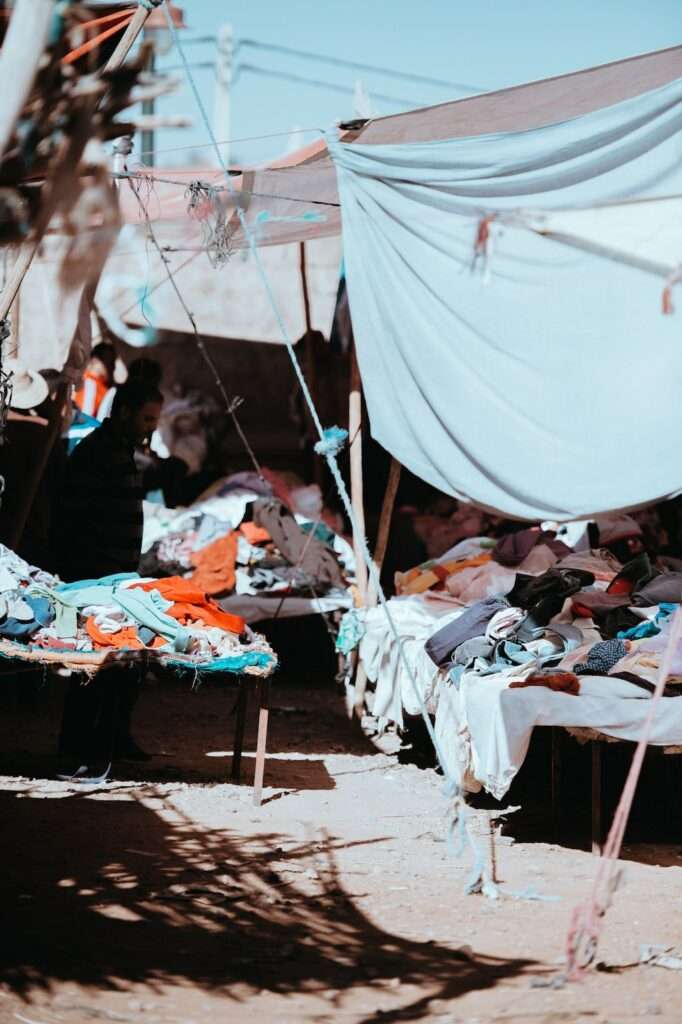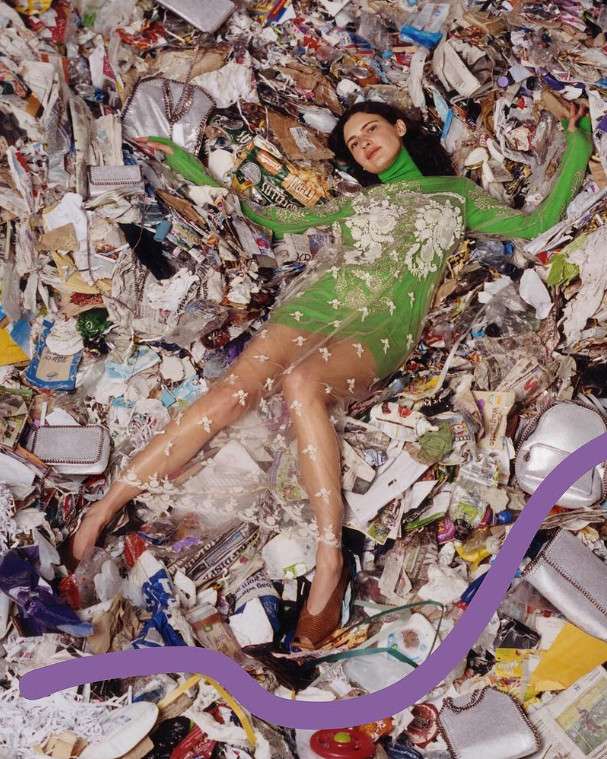The EPA is being urged by the American Circular Textiles Act to address textile waste pollution as part of its plastic waste reduction efforts.
The American Circular Textiles (ACT), an influential coalition in the U.S. fashion sector formed last year, has formally approached the Environmental Protection Agency (EPA), stressing the importance of addressing textile waste.
Rachel Kibbe, ACT’s Executive Director, penned a letter on July 31 highlighting the urgent environmental and social repercussions stemming from the fashion industry’s waste.
“We commend the EPA’s efforts to address plastic and other waste in waterways and oceans, and we want to draw your attention to the significant impact of textile waste on environmental health, human well-being, and climate change,” Kibbe wrote.
According to ACT, whose members include H&M, Reformation, and secondhand platforms The RealReal and ThredUp, approximately 60 percent of the material utilized in clothing production consists of plastic, including polyester, acrylic, and nylon textiles. And Kibbe says that domestic textile waste has grown by 80 percent since 2000, “making it the nation’s fastest-growing waste stream.”

More than 30 billion pounds of textile waste goes to landfills and incinerators annually, which Kibbe says not only burdens taxpayers and private haulers with “billions of dollars in costs” but also contributes to the dwindling landfill space. Textile waste is also the third-largest methane emitter; methane is far more heat-trapping that carbon dioxide. Over the course of two decades, methane traps about 80 times as much heat as CO2.
ACT is urging the EPA to make amendments to existing Extended Producer Responsibility (EPR) laws to include reuse and recycling of textiles, or the enactment of
separate textile-specific EPR laws aligned with the waste hierarchy. “Federal policy could work to harmonize state laws with clear textile collection targets and carve out funds for textile reuse and recycling logistics, infrastructure and innovation, which will bolster efforts in combating plastic waste and promoting a circular economy,” Kibbe wrote.
Earlier this year, the first U.S. Textile EPR bill was introduced in California, and similar efforts were observed with the secondhand sales and use tax exemption bills in Maryland and North Dakota, ACT says.
“These developments signal the potential emergence of additional state-level textile-specific EPR bills,” writes Kibbe. “To ensure the success of these environmentally beneficial initiatives, the EPA should actively support them through funding and infrastructure development.”
Kibbe also points to deposit systems that have proven successful in encouraging textile collection and funding circular systems. “States like Iowa and New York have implemented successful bottle bill programs, which have led to a significant reduction in roadside container litter.” Kibbe says such deposit systems, when adapted to textiles, can incentivize consumers to participate in sustainable practices and support the labor, logistics, sortation, and infrastructure needed for domestic reuse and recycling.

The coalition’s recommendations further involve a united legislative effort, urging federal Congressional panels to come together and pass bipartisan laws to create a consistent framework for state-centric textile recycling and reuse solutions. These would ideally be inclusive of, but not limited to, textile-dedicated EPR laws that resonate with the waste hierarchy. The end game is to synchronize national textile collection objectives and earmark funds dedicated to textile recycling, market growth, logistics, infrastructure, and innovation.
“We believe that by incorporating these recommendations into your strategy, we can make significant progress in reducing plastic waste and promoting circular fashion, ultimately contributing to a more sustainable and equitable future.”
The letter comes as similar efforts are underway in the U.K. Last week, The U.K.’s Department for Environment, Food and Rural Affairs announced an extensive strategy aimed at managing various types of waste, including circularity measures for textiles.
Related on Ethos:


